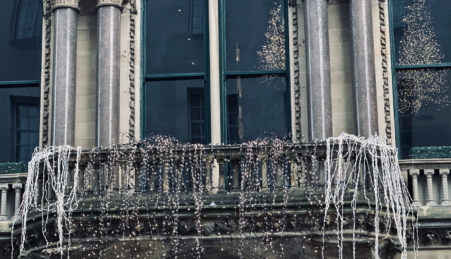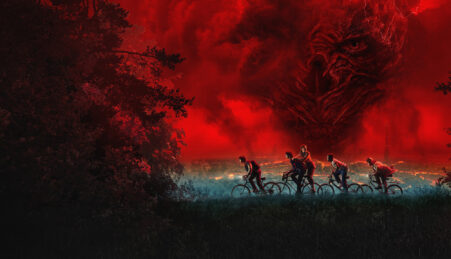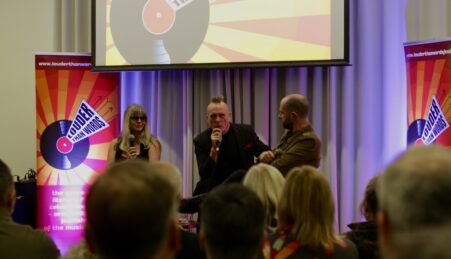Opinion: “We need to leave colourless living in 2025”
Every December, celebrities flood social media with snapshots of their Christmas celebrations – and their decorations. This year, stars including Victoria Beckham shared images of pared-back, aesthetic trees and minimal décor. While undeniably elegant, these displays hardly embody the spirit of Christmas – appearing stripped of colour, character and warmth. The festive season no longer…









Leave a reply